The Great River Run Part 1: The stricken artery of the state’s far west
When the Darling River is in full flow it is a spectacular, life-giving resource for inland NSW. When hit by one of the worst droughts ever, farms and businesses are brought to their knees.This special investigation reveals the gripping battle for natural and economic survival taking place along the Darling’s entire length. Part 1 of an essential Australian story.
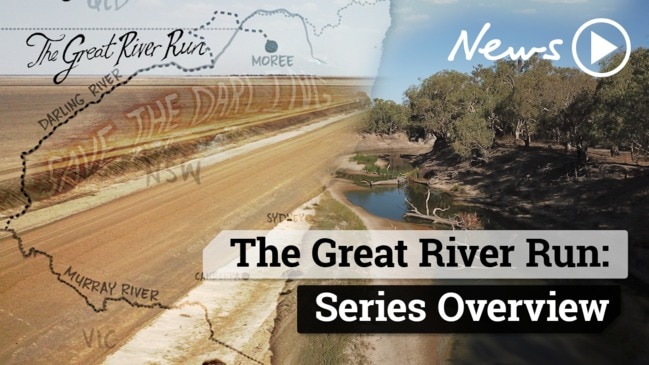
NSW
Don't miss out on the headlines from NSW. Followed categories will be added to My News.
- The Great River Run: What drove Murray Darling’s early expansion
- Murray Darling crisis: Getting to the heart of a tragic treasure
Sometimes the perfect storm involves no storm at all.
Sometimes all the elements for a perfectly ruinous natural disaster come about through absence rather than presence: absence of rain, absence of management, absence of foresight.
This is the story of the Darling River, presently absent of water, and the resilient, resourceful people of inland NSW, who remain defiantly absent of despair.
Late last month, The Daily Telegraph’s cartoonist Warren Brown, photojournalist Toby Zerna and I headed northwest to begin a week-long trek along the Darling, and through the towns and communities that depend on the river for their livelihoods.
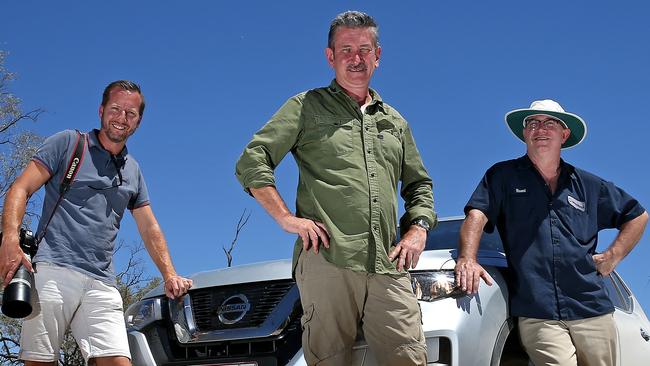
All of us had been previously, personally drawn to Australia’s arid, sparsely populated interior regions. Indeed, Warren had previously drawn them. So we were not coming at this cold, if such a thing is possible given daytime temperatures approaching 40C.
ON THE ROAD
We began our journey in Moree, nearly 630km and attitudinal light-years from Sydney. In the spirit of absence, we brought with us no agenda, no preconceptions and no angles regarding the tough times faced by those who make their way in the world along the Darling’s dusty banks.
USE THE INTERACTIVE MAP (BELOW) TO FOLLOW THEIR JOURNEY
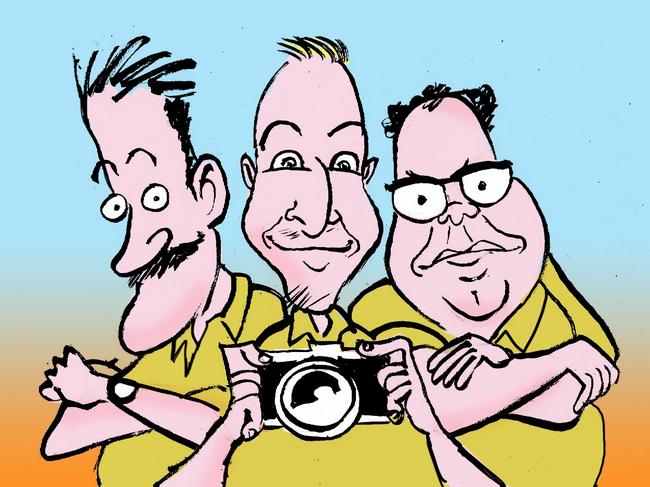
We instead brought notebooks, laptops, cameras, drones and ink. We were open for stories, images, art and footage.
From Monday until Saturday, you will encounter the stark and striking sights of a land stripped down to a minimum of water, wildlife and — in far too many areas — work.
You will find, too, a brightly lit and uniquely Australian beauty.
BLAZE OF GLORY
Warren loves to tell the tale of a British film crew who arrived to shoot a movie in inland NSW. They brought all the latest film equipment from Europe, including fancy light meters. Trouble was, all of those light meters were calibrated to measure European sunshine, such as it is.
In Australia, they were basically incinerated. Calls went out to Sydney. Local light meters were purchased to replace those inadequate Euro arrangements.

Put it this way: if English landscape artist John Constable had been born in Brewarrina instead of Suffolk, he’d have saved a lot on money during his lifetime on green paint.
But his weekly ochre budget would’ve been like a quarterly South Australian power bill.

We were visitors beneath that intense sunlight, and it is easy for visitors to briefly rejoice in circumstances that are a grinding endurance test for residents.
Visiting inland NSW is a luxury, much as visiting Cuba is a luxury for wealthy tourists who delight in viewing picturesque poverty before heading home to luxury.
HARSH REALITY
For the people who live along the Darling, the drought is not a source of visual astonishment. It is just a drought, plain and simple and devastating. And they hope and pray for the drought to end.
USE THE INTERACTIVE MAP (BELOW) TO FOLLOW THEIR JOURNEY

Those people include farmers, irrigators, townsfolk, people seeking Aboriginal advancement and some who are simply lured to our land by its otherworldly charm.
Life is very different along the Darling, where the parking is abundant but any town-to-town driving features various challenges unfamiliar to those from urban backgrounds. There are few paved roads, for example, unless you count dead kangaroos as a sort of paving.
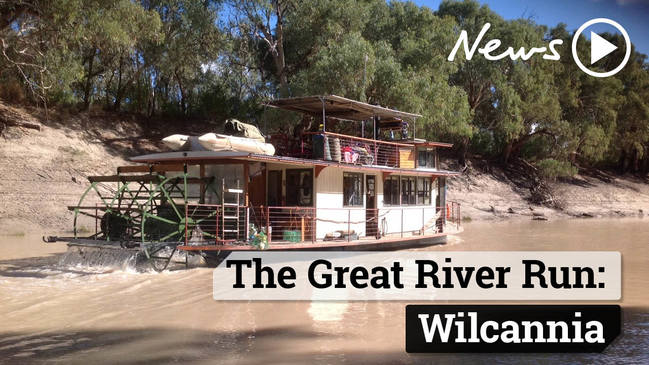
THE BLAME GAME
But other aspects of river life, especially during a drought, are straight from the city. Politics dominate conversation, especially when it comes to who might be at fault for the lack of water.
Much blame is directed at cotton growers and agricultural irrigators.
As Tilpa hotelier Phil Mahoney told us, after observing that his town’s population had recently increased by 20 per cent because a backpacker arrived: “You’d be better off saying you’re a terrorist than an irrigator around here.”
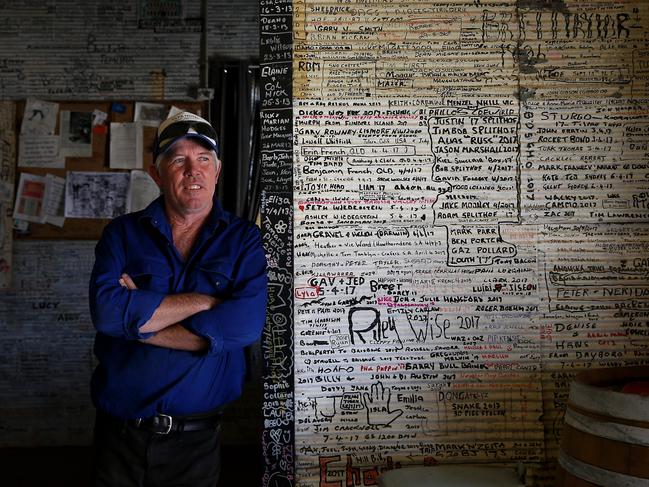
That’s an accurate view of the current mood. When pressed, however, even some of the most determined irrigation foes will allow that large-scale farming is a vital driver of employment in places that otherwise present limited job opportunities.
A DIFFERENT SPIN
Yet other opportunities abound. Former Test cricketer Peter Taylor fell in love with inland NSW after his father bought a Moree farm, where the Taylor family would spend every summer during Peter’s childhood. He now owns that farm, and lives to the rhythm of country life.
USE THE INTERACTIVE MAP (BELOW) TO FOLLOW THEIR JOURNEY

Taylor once played before MCG and SCG crowds that were many multiples greater than Moree’s entire population, but would never surrender the rugged serenity of his home for Sydney’s traffic, congestion and noise. At the same time, he notes that this world is not for everybody.
“You can’t live out here if you don’t know how to get yourself out of trouble.”
HOLDING OUT HOPE
Right now, almost everybody living inland is in trouble. This includes those demonised cotton growers, whose properties are as blighted as the thousands of square kilometres surrounding them.
But they will get themselves out of trouble. So will everybody from north to south, along the Darling River’s 1400km of mostly emptiness. No storm is so perfect that these people cannot overcome it.


